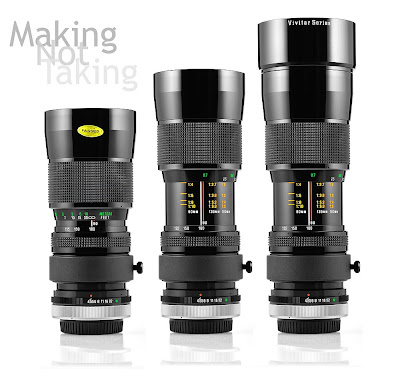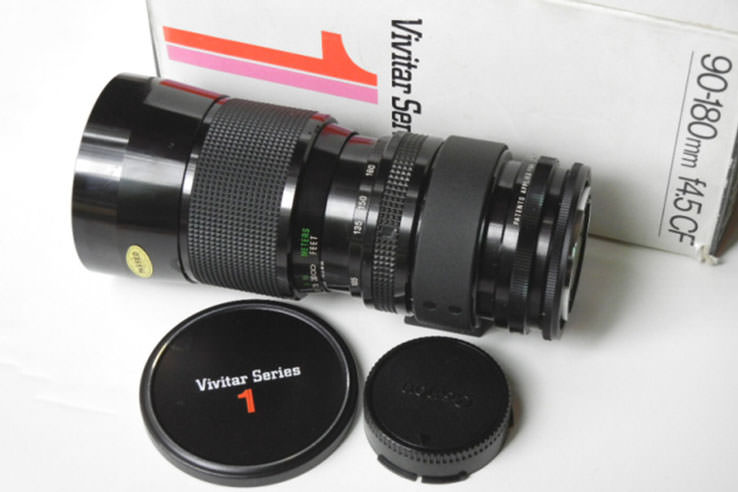

The F2 accepts all lenses with the Nikon F bayonet mount (introduced in 1959 on the Nikon F camera), with certain limitations or exceptions depending on the F2 version.

It was the last all-mechanical professional-level Nikon SLR. It also offered a detachable motor drive, something the F only had as a custom modification. The F2 replaced the Nikon F, adding many new features (a faster 1/2000-second maximum shutter speed, a swing open back for easier film loading, a wider assortment of detachable finders and metering heads, a 250 exposure film back, a larger reflex mirror to ensure no vignetting, and a shutter release nearer the front of the camera for better ergonomics). The camera itself needed no batteries, though the prism light meter did (and the motor drive if added). The Nikon F2 is an all-metal, mechanically-controlled (springs, gears, levers), manual focus SLR with manual exposure control. This means that each camera body serves as only a modular hub. The F-series do not share any major components except for the all-important bayonet lens mount ('F mount').Īll Nikon professional F-series SLRs are full system cameras. The F2 is the second member of the long line of Nikon F-series professional-level 35 mm SLRs that began with the Nikon F (manufactured 1959–1974) and followed each other in a sort of dynastic succession as the top-of-the-line Nikon camera. It was available in two colors: black with chrome trim and all black. It had dimensions (with DE-1 head, see below) of 98 mm height, 152.5 mm width, 65 mm depth and 730 g weight. It used a horizontal-travel focal plane shutter with titanium shutter curtains and a speed range of 1 to 1/2000 second (up to 10 seconds using the self-timer) plus Bulb and Time, and flash X-sync of 1/80 second.

( Nikon Corporation since 1988) in Japan from September 1971 to 1980. It was manufactured by the Japanese optics company Nippon Kogaku K.

The Nikon F2 is a professional-level, interchangeable lens, 35 mm film, single-lens reflex (SLR) camera.


 0 kommentar(er)
0 kommentar(er)
